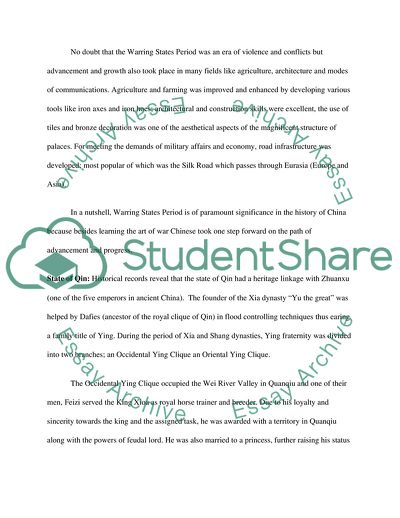Cite this document
(Warring States Period to the Great Wall of China Assignment, n.d.)
Warring States Period to the Great Wall of China Assignment. https://studentshare.org/history/1757496-qin
Warring States Period to the Great Wall of China Assignment. https://studentshare.org/history/1757496-qin
(Warring States Period to the Great Wall of China Assignment)
Warring States Period to the Great Wall of China Assignment. https://studentshare.org/history/1757496-qin.
Warring States Period to the Great Wall of China Assignment. https://studentshare.org/history/1757496-qin.
“Warring States Period to the Great Wall of China Assignment”. https://studentshare.org/history/1757496-qin.


